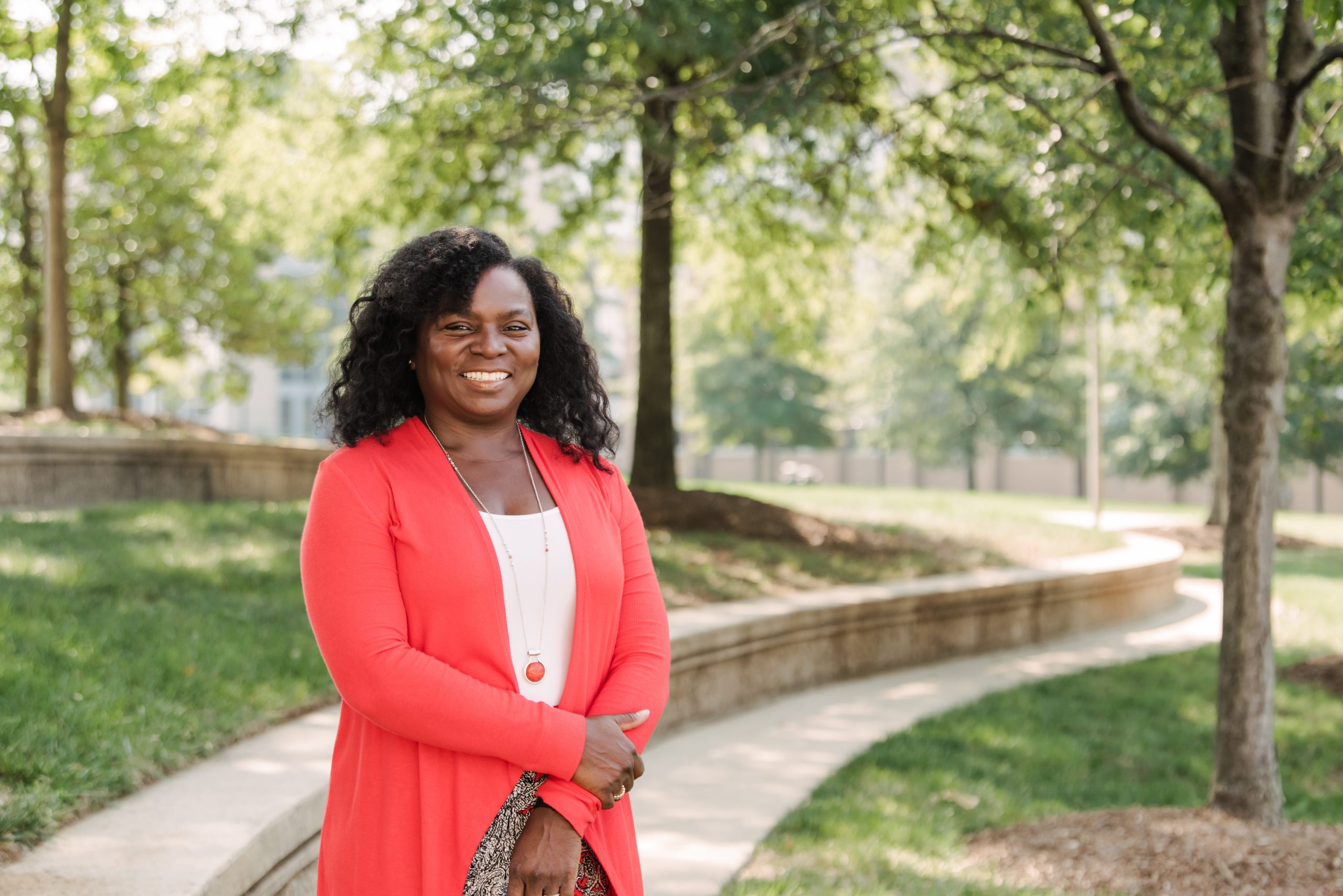COVID-19 has fast-forwarded tech innovation, propelling millions of people to shift, nearly overnight, to virtual learning, remote work, and online health care. Patricia Young’s new book, Human Specialization in Design and Technology: The Current Wave for Learning, Culture, Industry, and Beyond (2021, Routledge), traces moments in history that have sparked or dampened innovation in instructional design and technology across industries.
Young, an associate professor of education at UMBC, examines the impact of those innovations on our current political, social, health, economic, and educational climate. She also provides insight on how to move forward more effectively, particularly in the education space.
“COVID has already changed the way we think and approach technology innovation,” says Young. “These are reasons why educational technologies and technology-enhanced learning must keep pace with trends in design and technology.”
Instructional technology
Young’s work over the last seventeen years at UMBC has centered around innovation in instructional technology. Her research integrates her background in media and communications with education to study culture-specific information and communication technologies.
During research for her second book, for example, Young led an instructional design software project in collaboration with UMBC’s Nilanjan Banerjee, professor of computer science and electrical engineering. They mentored fifteen computer science graduate students in developing prototypes for a mobile learning analytics tool, Proticy.
The goal of the software, which is still in its prototype phase, is to provide professors with pedagogical strategies to diminish bias and increase student retention. It also offers measurement tools to reduce bias in faculty evaluations.
In the process of creating prototypes, the students gained knowledge and experience in product design and developing an instructional technology application. The project has also helped them experience the client and designer relationship.

Computational thinking
Young’s first book, Instructional Design Frameworks and Intercultural Models (IGI, 2009), outlines the Culture Base Model as a framework for designing information and communication technologies. In the book, Young examines culture through several lenses: anthropological, psychological, and scientific.
Since then, her scholarship has continued to grow, examining the limitations and paradoxes of instructional technologies, and how they can be improved.
“At the same time we are encouraging diverse students to learn, we are also saying, through technology, ‘Your culture and the knowledge that you bring into the classroom is not valid here. There is only one way to learn this skill’,” says Young. “Innovative technology for a socially just world is a critical need in this time in history.”
And this isn’t just about higher education, Young points out. In 2019, she received a Sherman Center for Early Learning in Urban Communities Faculty Research Fellow award along with co-investigator Deborah Kabura Kariuki, clinical instructor of computer science education. Their research project studies how to infuse a culture-based computational thinking curriculum in urban preschools. Young and Kariuki are partnering with the Judith P. Hoyer Center Early Learning Hub at Lakeland Elementary/Middle School and community daycare centers to complete the study this academic year.

Kariuki notes the importance of the project. “Students today are digital natives and think about creating, not memorizing,” she says. “Helping students build a computational thinking toolkit means they will be able to choose from a variety of approaches to solve a problem, increasing opportunities for engagement and success.”
“The study is timely and innovative,” says Mavis Sanders, professor of education and prior director of the Sherman Center. “The ability to problem-solve in a thoughtful and systematic way is an invaluable life skill. Dr. Young and Ms. Kariuki’s study explores how best to build this capacity among young learners in culturally responsive ways.”
Looking in the mirror
This year, Young has been promoted to full professor and named the special assistant for strategy and innovation in the College of Arts, Humanities, and Social Sciences (CAHSS). In this role, she will work with CAHSS Interim Dean Kimberly Moffitt, faculty, and staff to design and implement Looking in the Mirror, a year-long faculty-led discussion series focused on strengthening community.
“Patricia will work with me to cultivate a return to a more inclusive community that shows continued progress from the campus we left in March 2020, when COVID required us to shift to remote learning,” shares Moffitt. “I’m excited about her expertise and willingness to guide us through programmatic initiatives, such as Looking in the Mirror.”
The faculty- and staff-led discussion series will consider new approaches to strengthen the CAHSS community, benefiting from Young’s expertise in innovative, culture-based pedagogy.
After two decades of researching the process of innovation, Young is excited for her new role as the special assistant for strategy and innovation. She describes it as an opportunity to create programming that brings personal and institutional culture together for the benefit of all community members.
“Sometimes we are so focused on what is, that we can’t innovate past today,” says Young. “We have to engage everyone for who they are as a whole, not just as an end-user. COVID has shown us that collaborative problem-solving is the only way to create a future where inclusion, access, and equity are the norm from which we innovate.”
Banner image: Patricia Young. All photos by Marlayna Demond ’11 for UMBC.
Tags: CAHSS, COEIT, CSEE, Education, ShermanCenter




